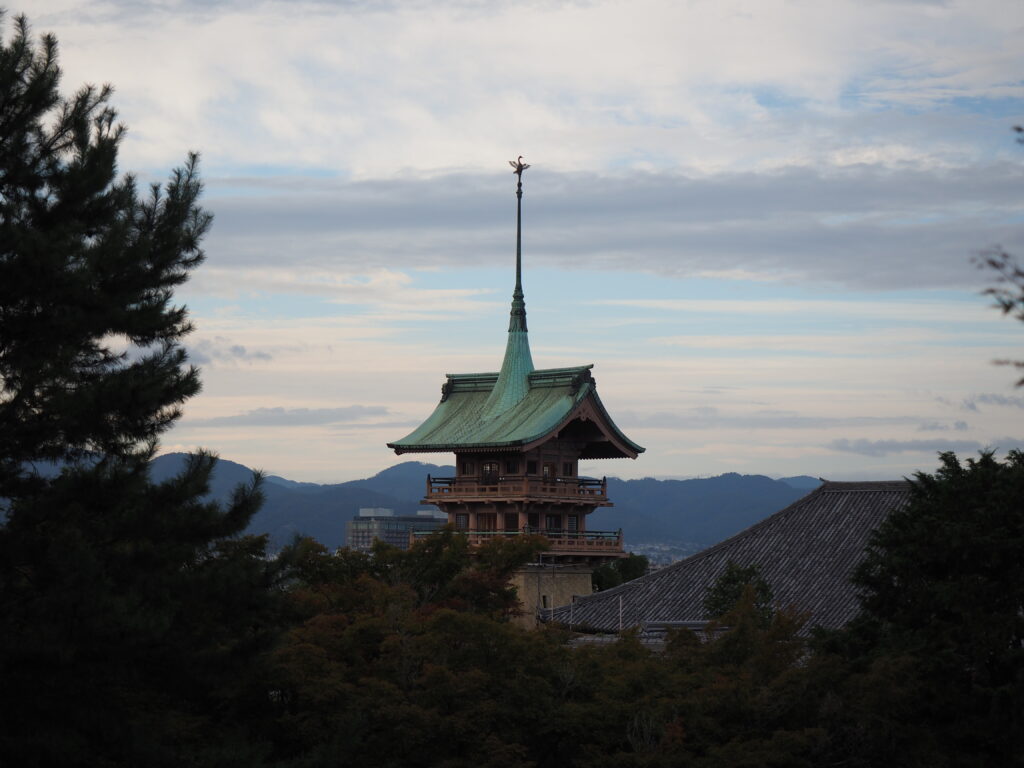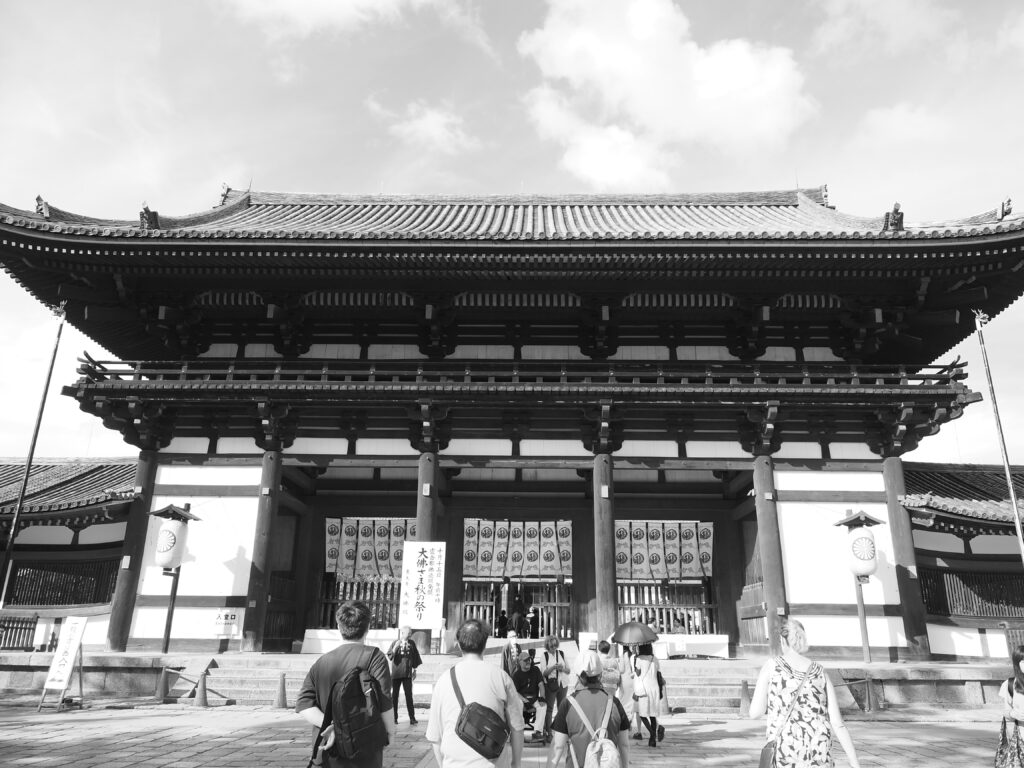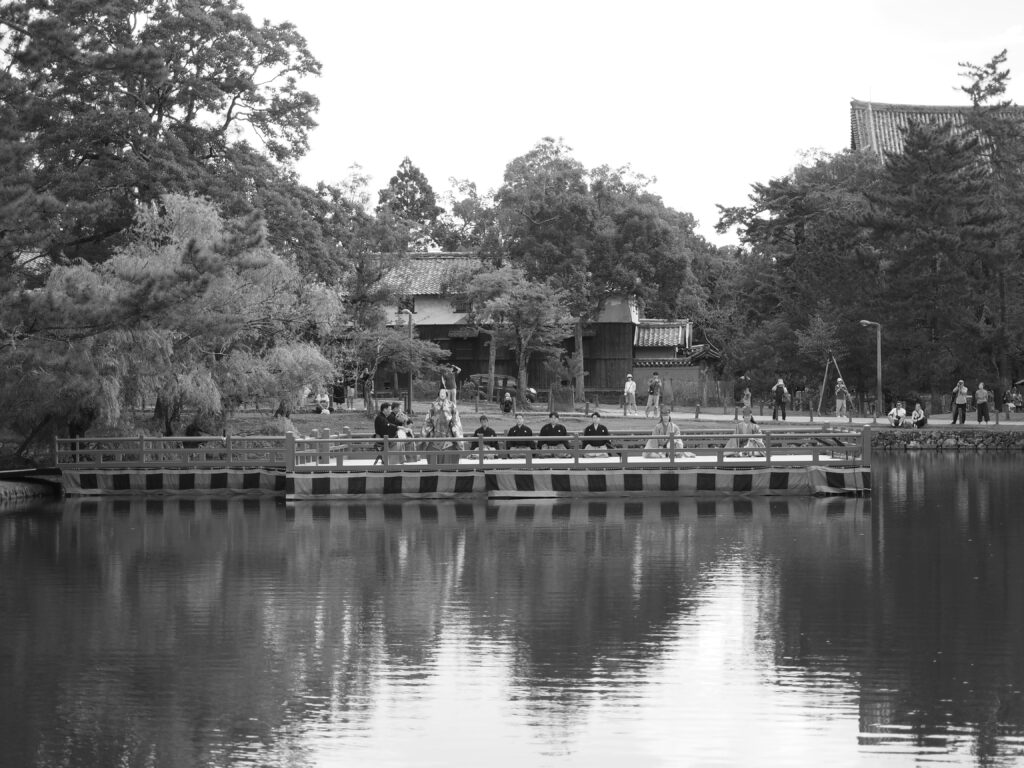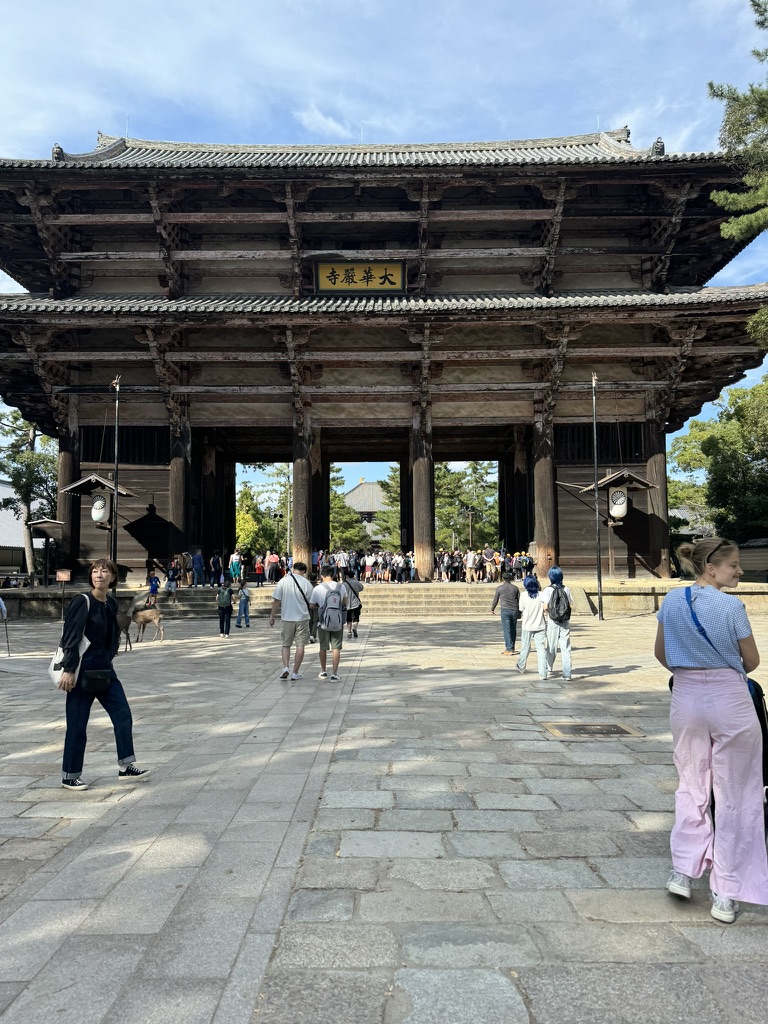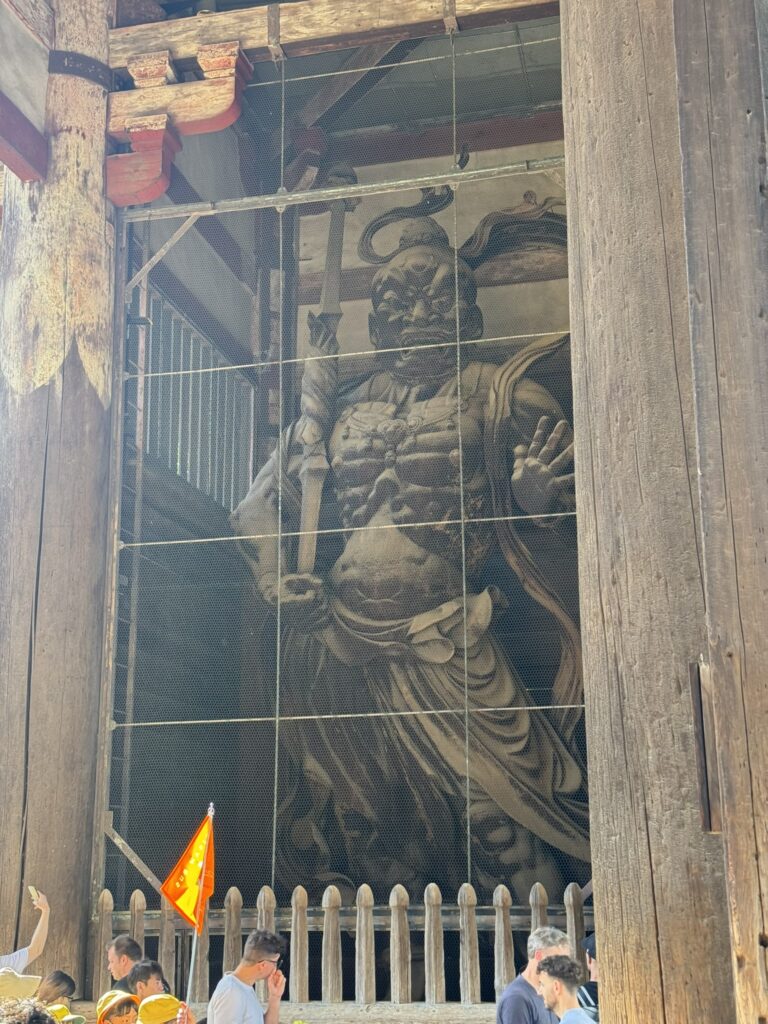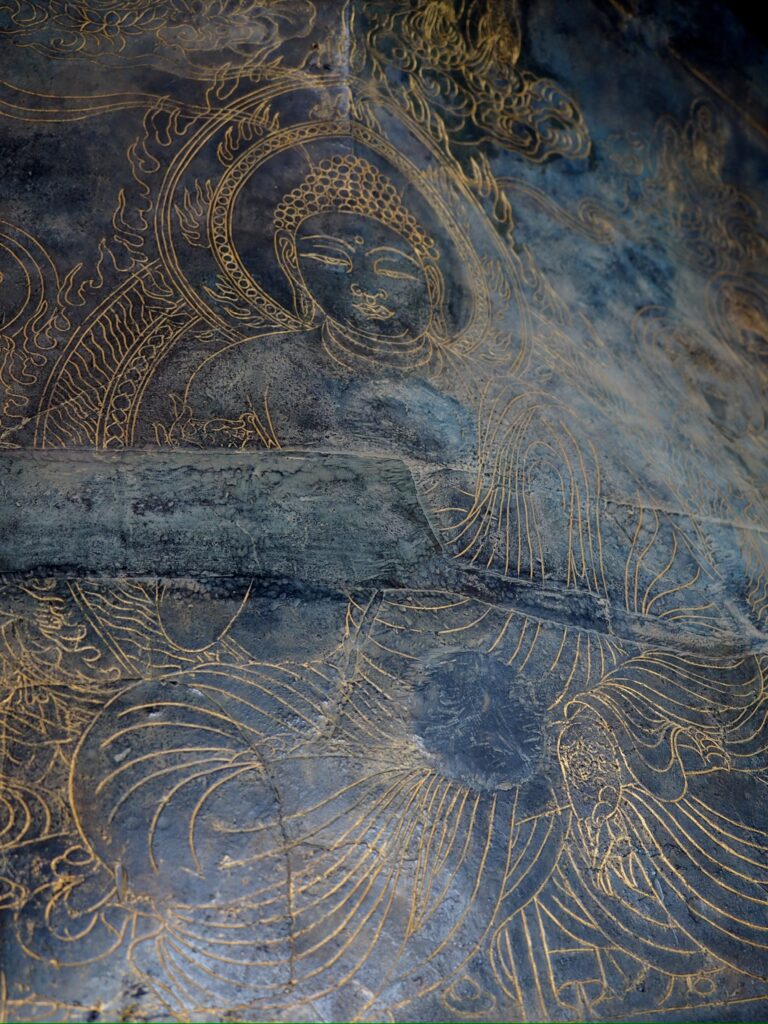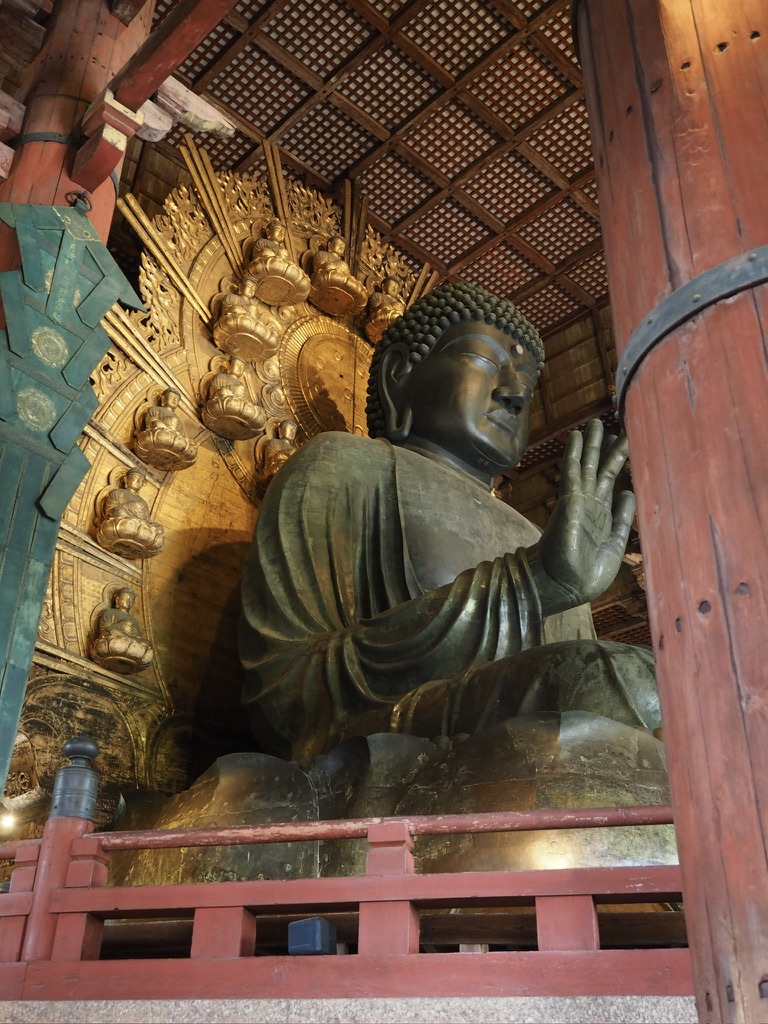Nara
17 October 2024
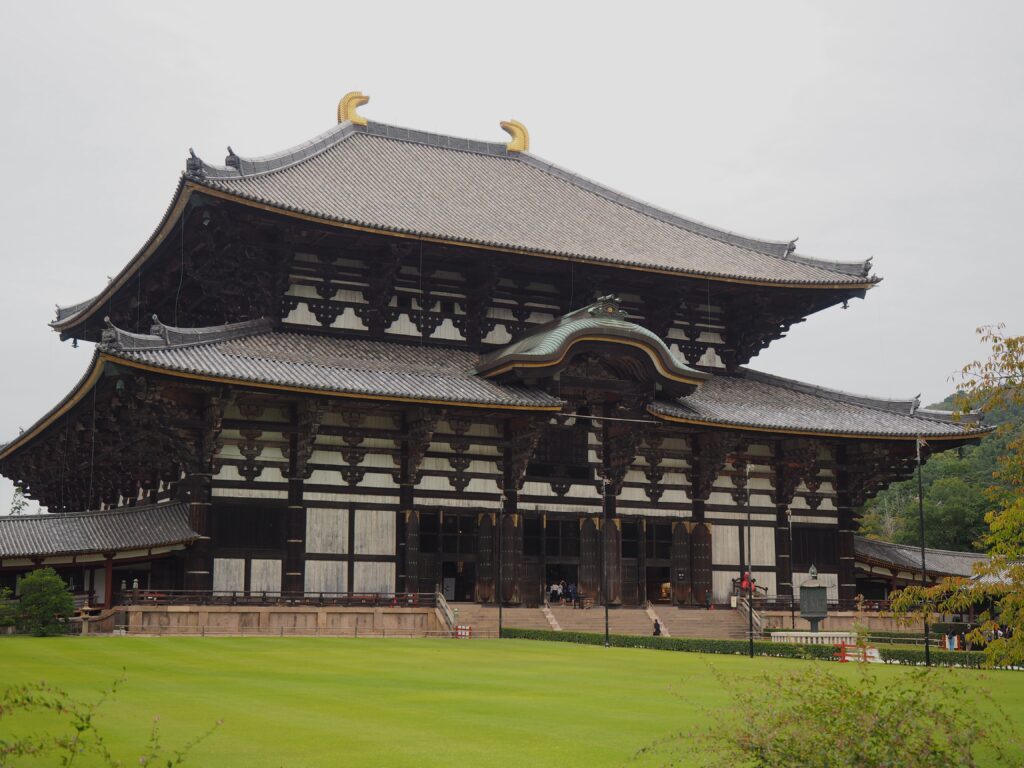
Nara was a pleasant surprise. I had rather low expectations, but found that Nara had more to offer than I had thought. Nara was Japan’s first permanent capital. It boasts some truly impressive structures from that period. Foremost among them, Tōdai-ji Temple, which is considered one of the largest wooden structures in the world. Nara is best known for its friendly, free-roaming deer in Nara Park—considered messengers of the gods in Shinto tradition. They had messages of anger and destruction when we visited. Scattered throughout the nearby hills are centuries-old Shinto shrines like Kasuga Taisha, famous for its thousands of stone and bronze lanterns.
Día 1
- Nara Park
- Kasuga Taisha
We checked out of our hotel in Osaka at 10:00 am and walked to the train station. We got on the train to Nara. It was a pleasant train ride and our first glimpse of the Japanese countryside on the main island. When we arrived, we walked to our hotel to leave our bags in the lobby. After that, we walked to a famous mochi place where they make traditional mochi filled with red bean paste. I confirmed again that I don’t like red bean paste. We also got a box of six figs and a strawberry custard mochi. The figs were good, and the mochi was great.
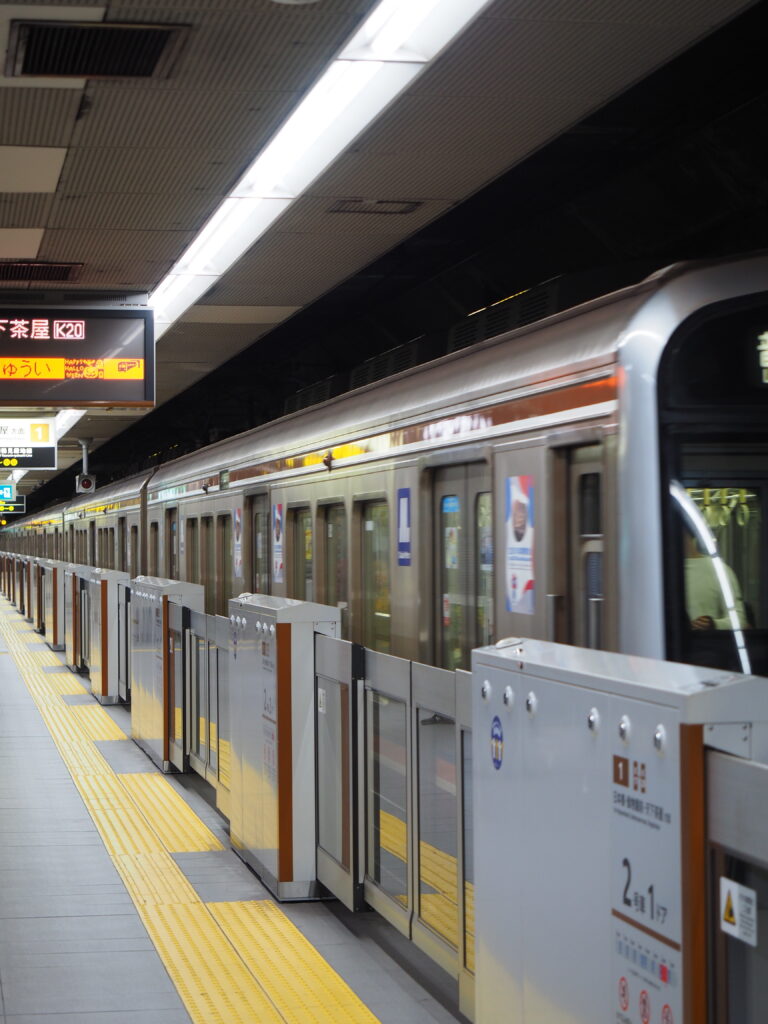
Nara Park
We walked to Nara Park, which was hosting a food festival. The famous Nara deer wandered the park or sat in the grass. Many enthusiastic humans attempted to feed the deer, but by that time, they had already been fed until they were too full to accept more food. The deer didn’t look sick exactly, but many didn’t look particularly healthy either. We got some food and sat at a table to eat. Not far from us, two bucks started battling. They knocked over chairs and tables, sending tourists scurrying. Some people got closer to watch the spectacle. One buck was absolutely tweaking and was looking for a fight. A totally oblivious lady walked right next to it, looking at the food trucks, and got rammed to the ground. She was probably fine – it wasn’t a full-force attack. Lunch was good but the show was even better.
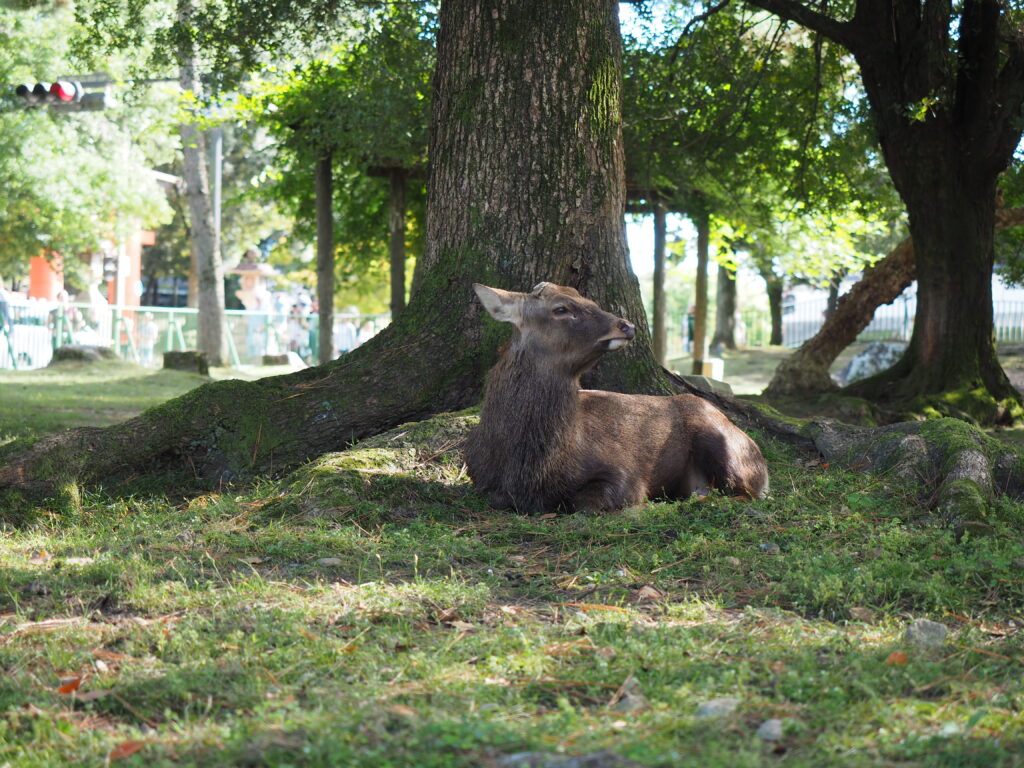
We walked to Tōdai-ji Temple (which I’ll talk more about later), but it was so packed with kids that I told Indi we should just come back tomorrow morning. It seems that local schools had field trips to the temple, which meant a lot of children marching in orderly groups with a chaperone. We hung around the outside for a while. We watched a traditional Japanese ceremony of some kind which was intriguing.
Kasuga Taisha
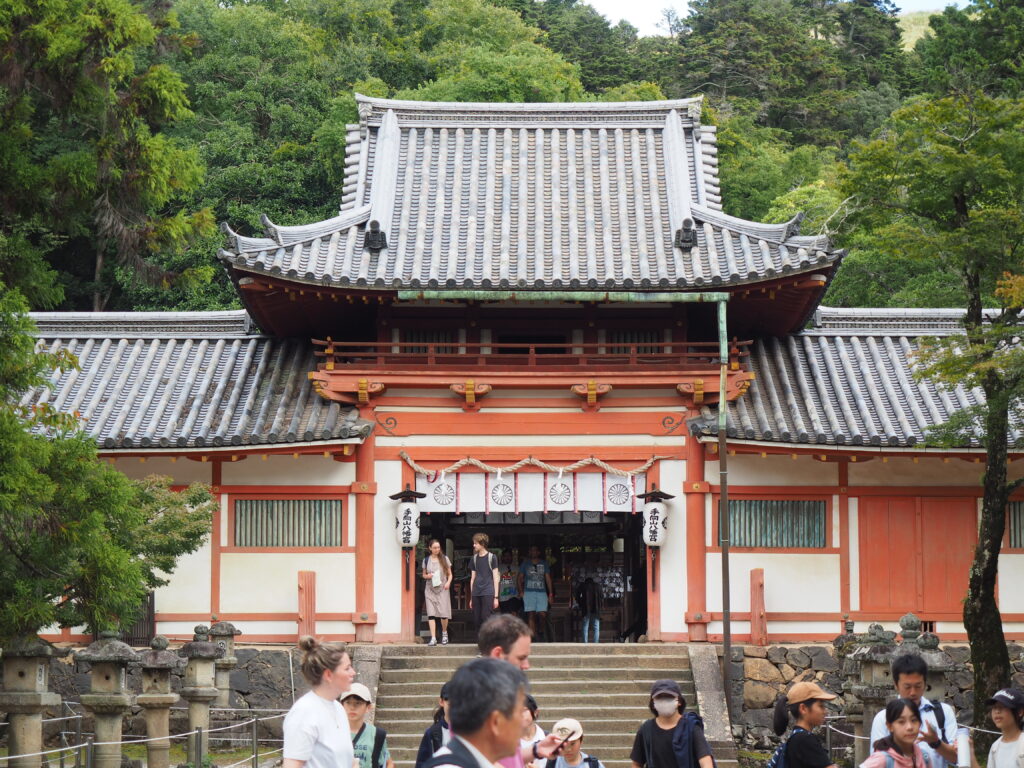
So instead, we walked from Tōdai-ji, along a pretty trail through the forest to Kasiga Taisha, an enchanting vermilion temple. The walk was really nice; it was a good temperature, and the forest was serene and not crowded.
Kasuga Taisha is a celebrated Shinto shrine in an atmospheric forest setting surrounded by hundreds of bronze and stone lanterns. Founded in 768, the shrine has been rebuilt several times over the centuries. The path to the shrine winds through Nara Park and a primeval forest, giving it a quiet, almost mystical feel.
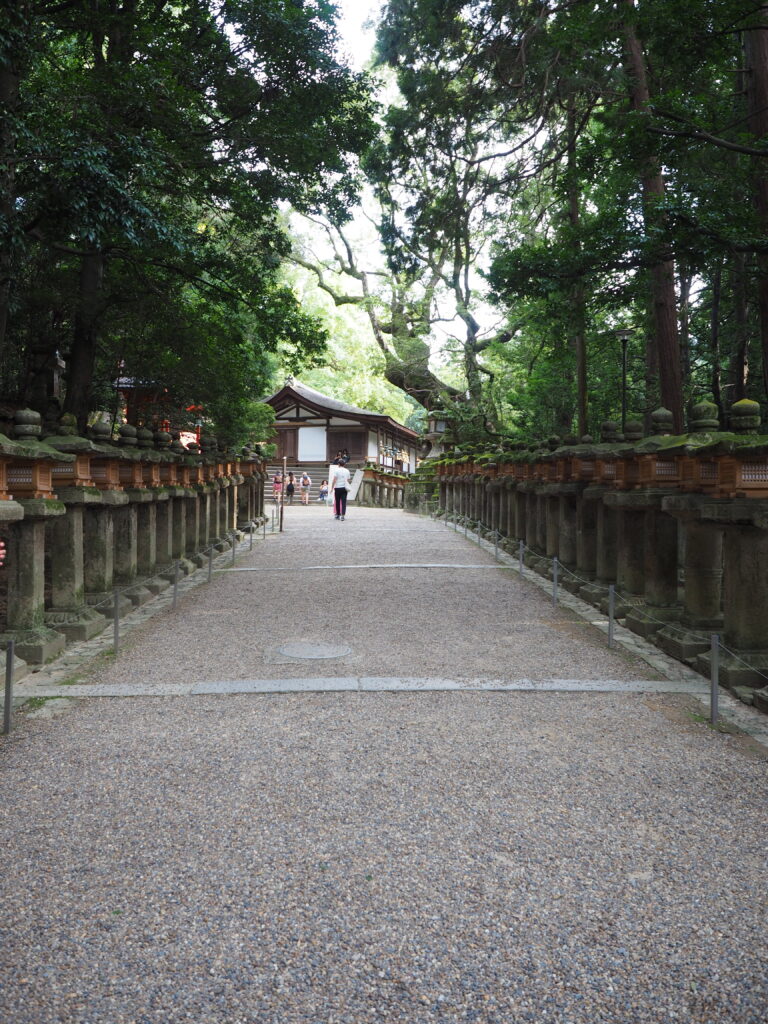
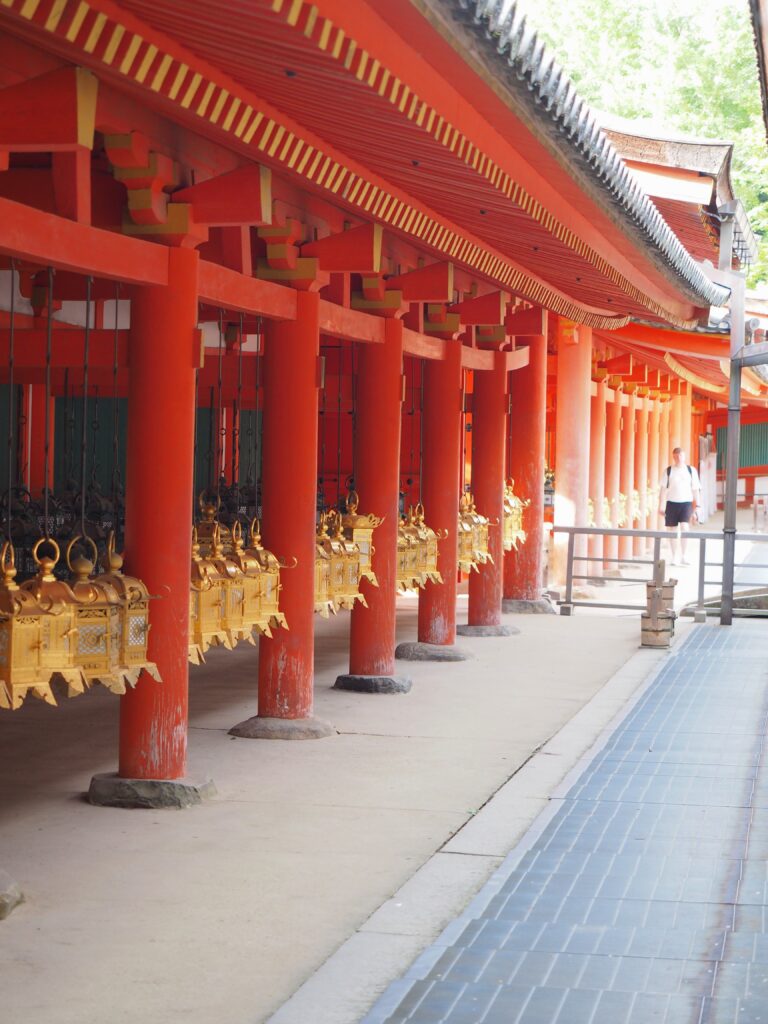
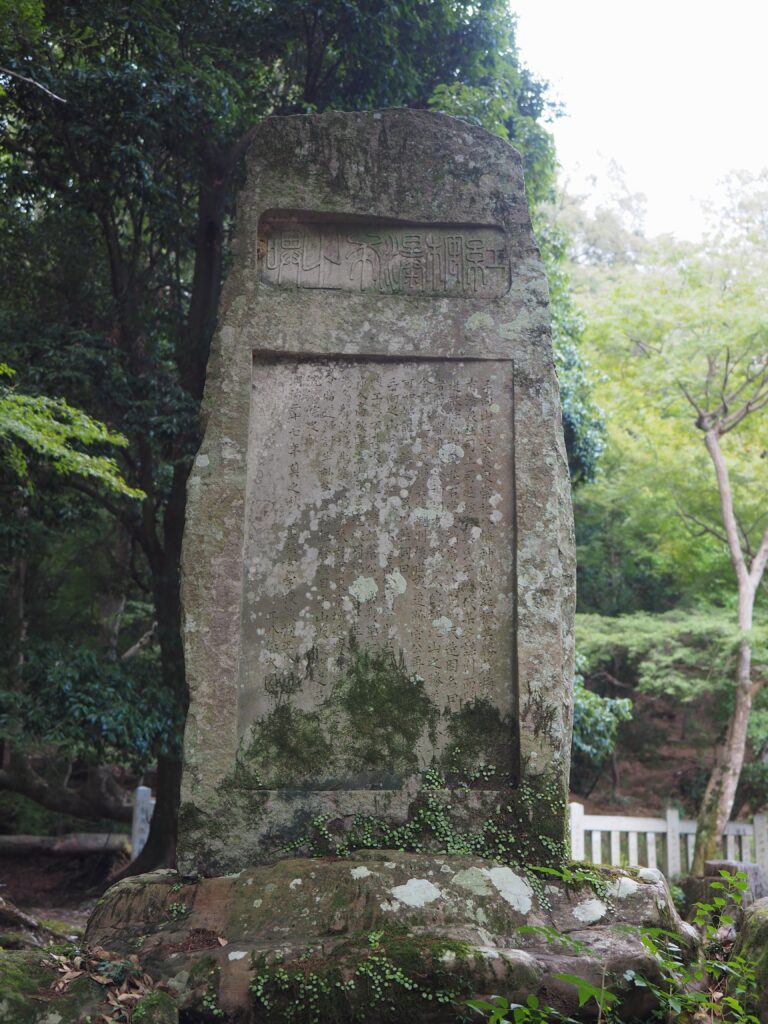
We got nigiri at a place that serves it Nara style – wrapped in persimmon leaves. The rice is dense and plentiful. It covers a center of thin fish slices. I thought it was pretty good and the eel nigiri was great.
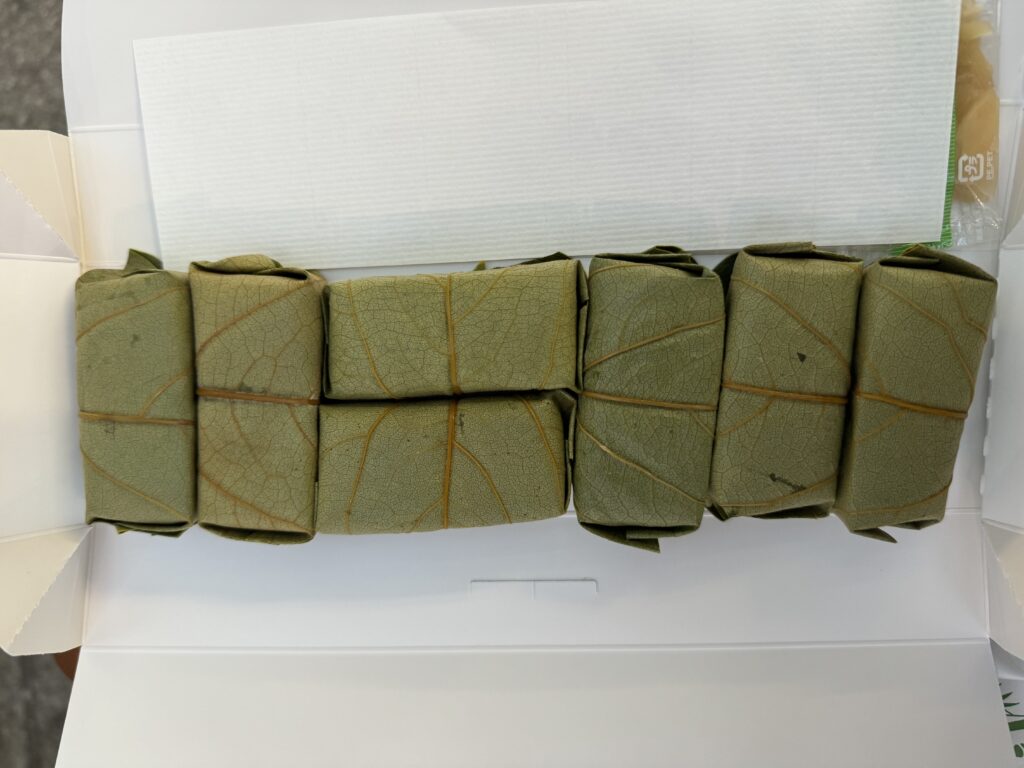
We went to a restuarant and got ōtoro (fatty tuna) bowls that were really good. Ōtoro is the fattiest and most prized cut of bluefin tuna, taken from the belly of the fish. The meat has a rich, buttery texture and melts in your mouth. It was good, but I like other things more, so I probably won’t pay $18 for a small bowl like that again.
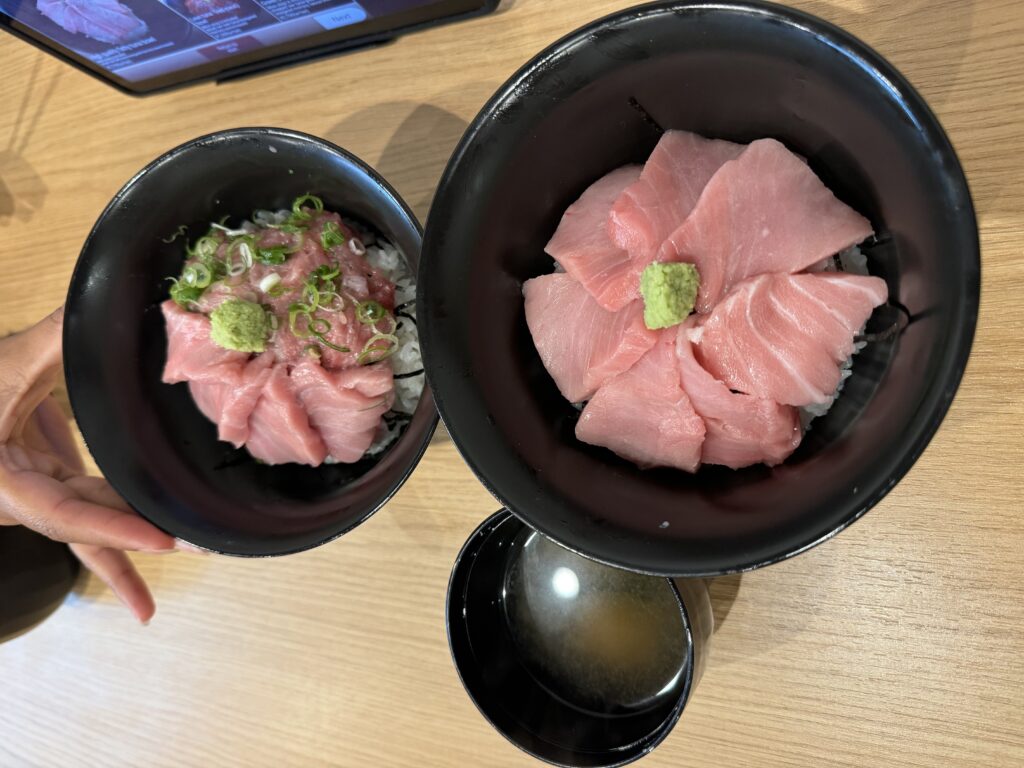
Día 2
- Tōdai-ji Temple
Tōdai-ji Temple

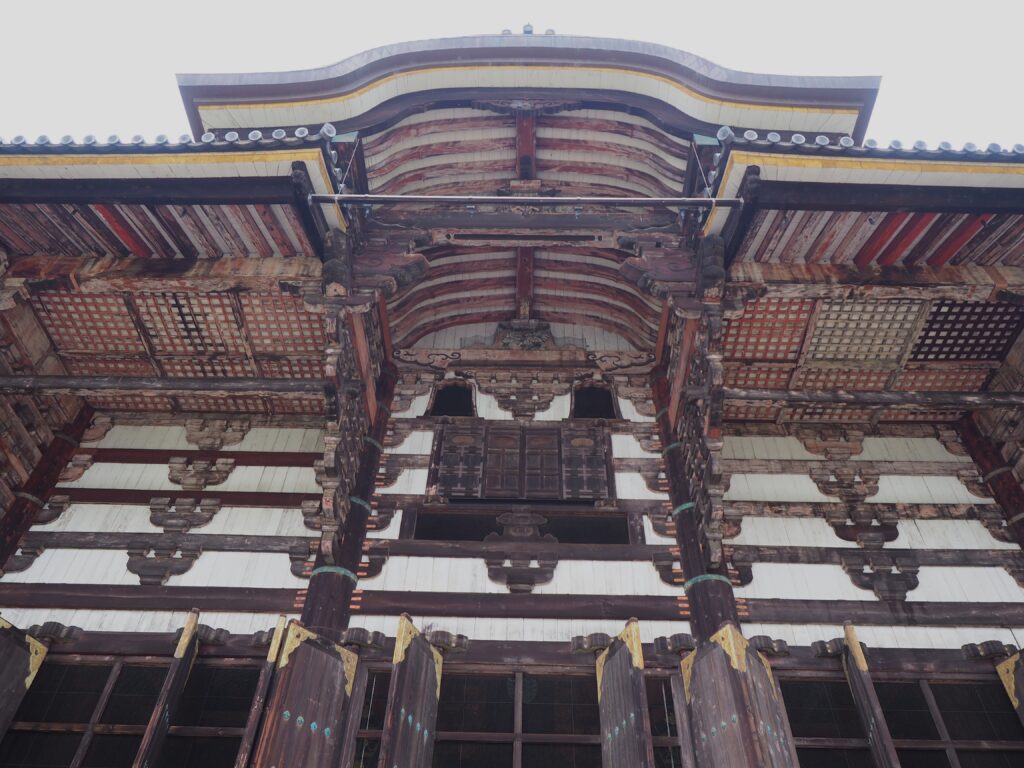
Tōdai-ji Temple is one of the most impressive structures I have seen. It was originally built in the 8th century as part of a national project to promote Buddhism. The temple’s main hall, Daibutsuden, is one of the largest wooden buildings in the world—even though the current structure, rebuilt in the 1700s, is only two-thirds the size of the original. Inside sits a towering 15-meter bronze Buddha statue.
Next time
On our next adventure, we brave the sea of tourists to wander around one of Japan’s most famous cities: Kyoto.
